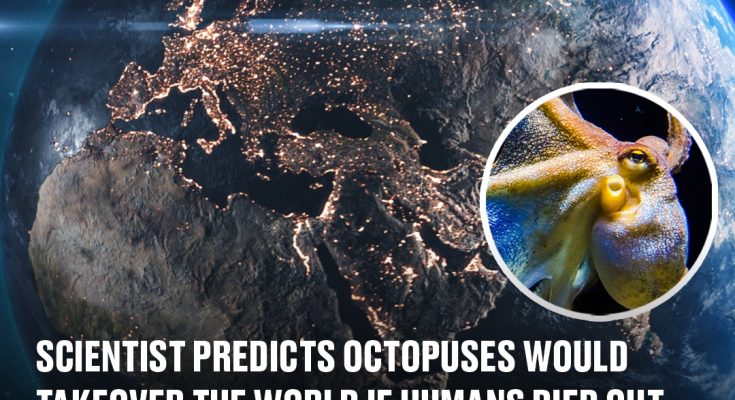According to a scientist, you could actually expect the world to be ran by the eight tentacled creatures if we ever ceased to exist, and understandably, the reason is as mad as you’d expect.
While you might have thought that if a mass extinction event of the human race ever occurred, the first in line to the throne would be a species a bit more ferocious.
Lions, tigers and bears (oh, my!), but never an octopus.
This however might just become reality in the future.
Even though they say that cockroaches are actually the most durable species on earth, it doesn’t mean that they have the brain power in their little noggins to set up a working society.
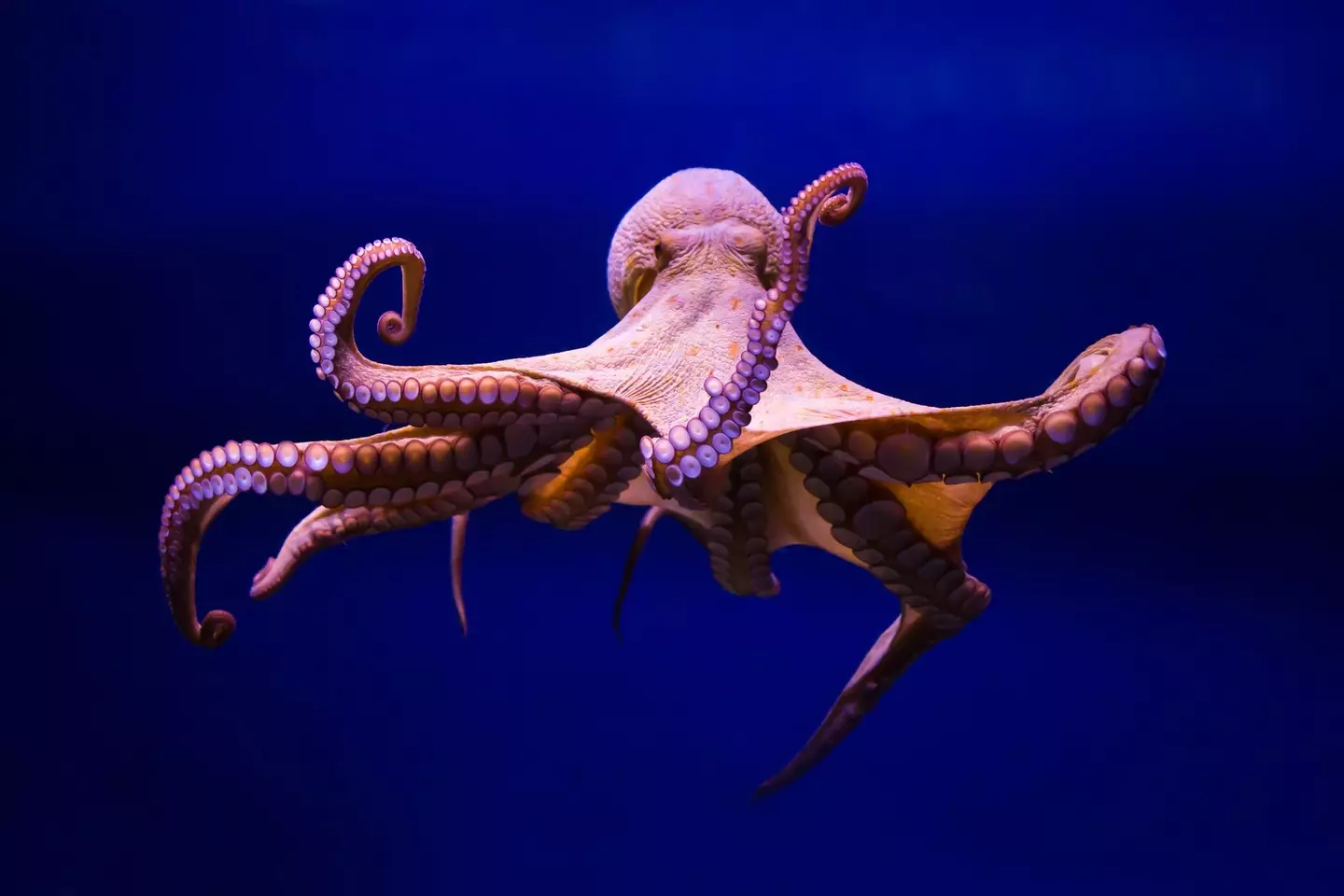
The world could be taken over by octopuses (Getty Stock Image)
Apes might also have been another contender as they’re so closely matched to us.
From their child-rearing, complex problem-solving skills and ability to even learn sign-language, surely, they’re our natural padawan?
Apparently not.
According to Professor Tim Coulson, from the University of Oxford, octopi have the key attributes to take over our role.
He explained to The European that the animal has the ‘dexterity and intelligence’ that ‘makes them a strong candidate to evolve to build civilisation’.
Professor Coulson said that it was this ability to solve complex problems and communicate with one another using flashes of colour, is why they are the ‘brains of the sea’ and perfect choice to take over.
This colour-changing ability is gnarly, yet effective to let others know what’s going down.

If humans died, octopuses would rule (Getty Stock Image)
Octopi use their eyes to see in the deep blue, but also to help map out what’s around it.
Only seeing in grey, its pupils distort light to estimate the idea of colour, which is then transmitted from its brain to the eight arms which then add colour from thousands of cells called chromatophores.
Each of these cells have a little sac filled with black, yellow, brown, red or orange pigment.
Under that are cells called iridophores which can reflect light back up through the octopi skin which make it look brighter.
As they don’t have blue or green pigment, they use the reflective iridophore cells to add mimic this and can even match the texture of things around it.
These colours can convey a lot, such as whether it feels threatened or if it’s trying to intimidate.
But what about taking over the land?
So, obviously they aren’t going to suddenly grow legs and slink out of their wet suits to be able to conquer anything above water.
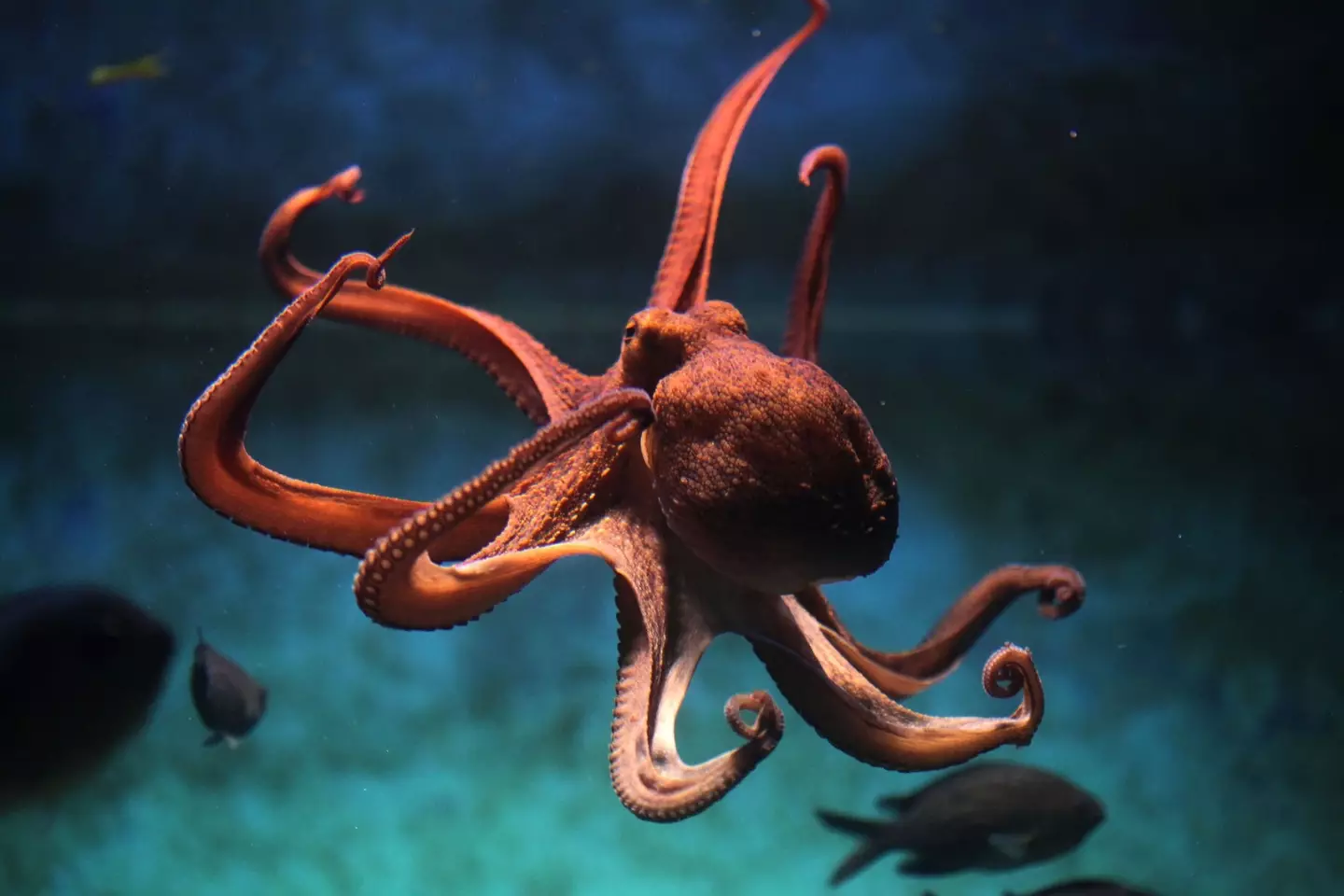
They have the key attributes (Getty Stock Image)
However, they could instead ‘construct underwater communities resembling cities we see on land’.
He also thinks they could evolve to hunt on land too as they can survive 30 minutes outside of water.
He explained that it’s like how humans learned how to fish and said: “It may take them hundreds of thousands or even millions of years to evolve to do this.”
But as they only live between one and five years, they can’t really afford the time it takes to learn such a task.
Professor Coulson added: “With evolutionary advances, it is possible, if not probable, that they might develop ways to breathe outside of water and eventually hunt terrestrial animals like deer, sheep, and other mammals – assuming they have survived the catastrophic event that drove humans extinct.”
He said: “Of course, the rise of the octopuses is all speculative: evolution is unpredictable, and we can’t say with certainty what path it will take in the event of human extinction.
“Random mutations, unforeseen extinction events, and population bottlenecks can all significantly influence the trajectory of evolution, making it challenging to determine whether another species will develop human-level intelligence or the inclination to construct cities.”
Featured Image Credit: Getty Stock Images
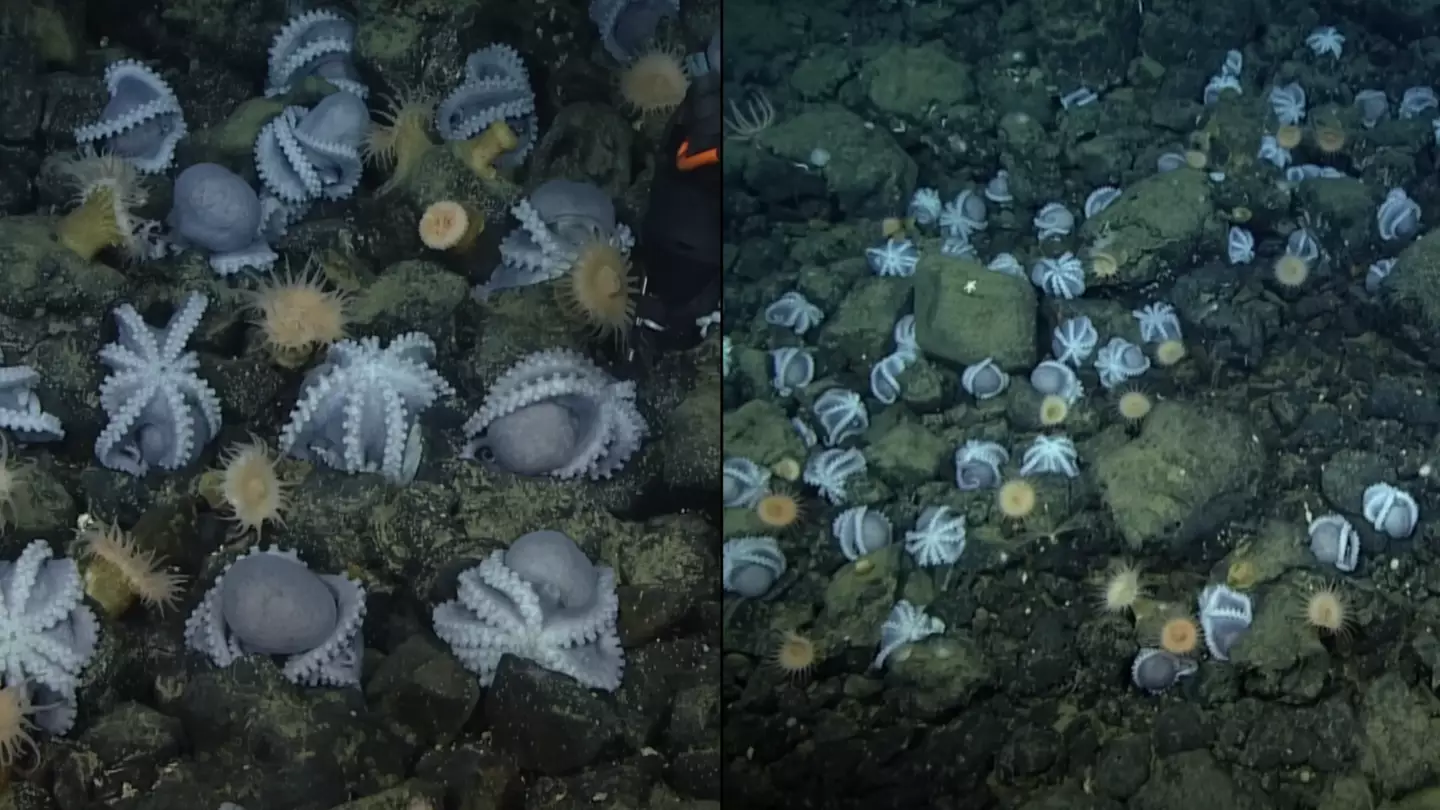
The largest known octopus gathering on Earth has confused scientists for many years, but now they know why these sea creatures congregate at the specific spot.
Around 20,000 octopuses travel to an area, which is located two miles below the Pacific Ocean to mate, raise babies and then die.
The location is around 80 miles west of Monterey, California, US and is known as the ‘Octopus Garden’.
The reason for octopuses travelling there has been a mystery, but a study found exactly why they choose that spot.
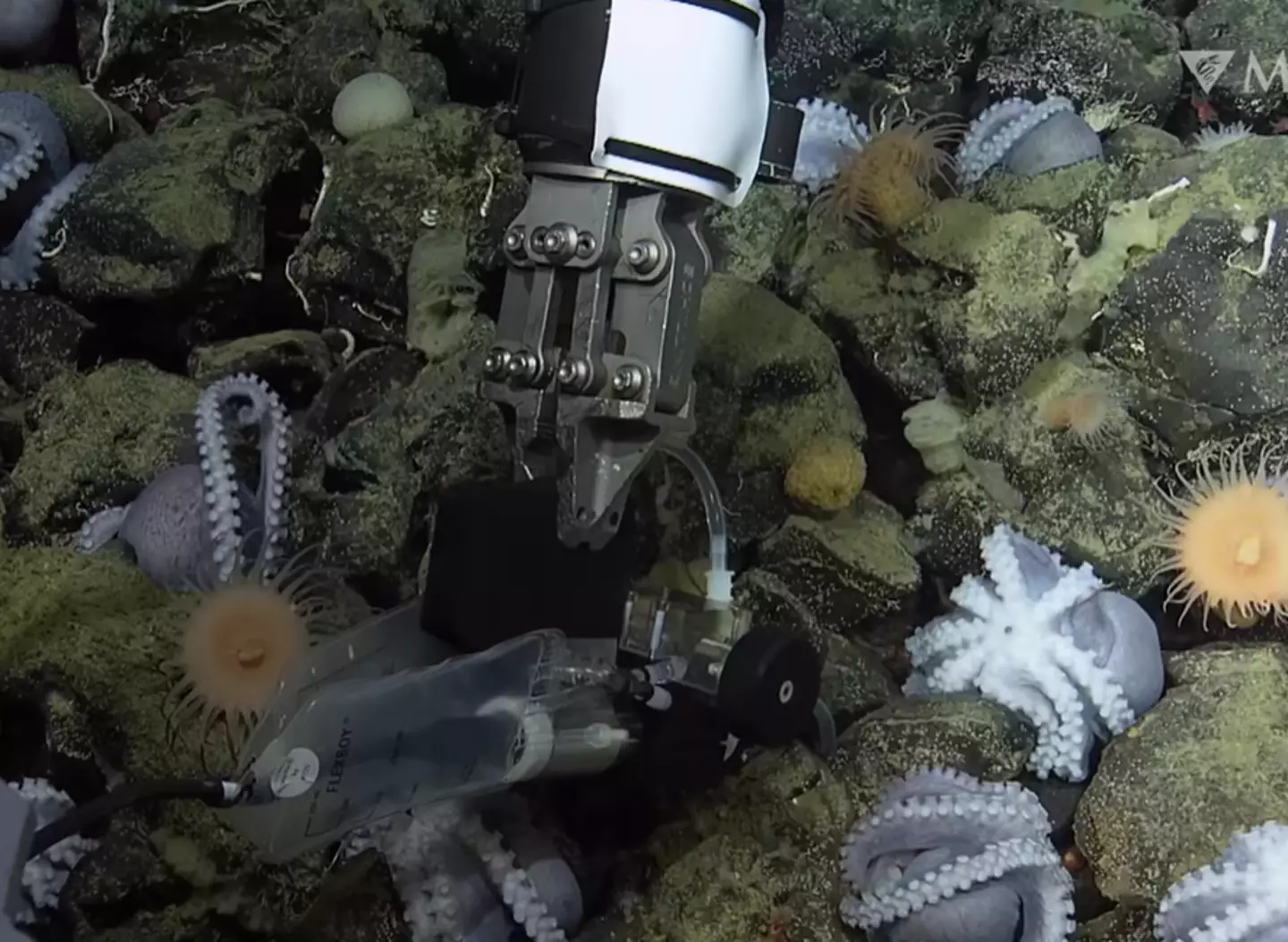
A team found out why octopuses gather in the ‘Octopus Garden’. (MBARI/YouTube)
According to a team led by Jim Barry, senior scientist at the Monterey Bay Aquarium Research Institute (MBARI), the area has warm water that accelerates the growth of octopus embryos.
This warm water aids in keeping their kind alive.
According to the report, it takes females about 1.8 years to brood their young, which is a lot faster than any other area octopuses live.
The study explained that ‘localized deep-sea heat sources may be essential to octopuses and other warm-tolerant species’ and that ‘most of these unique and often cryptic habitats remain undiscovered and unexplored.’
The study, posted to Science Advances, found that the warm waters provide a metabolic boost that shortens the brood period for pearl octopuses.
Barry said in a call with Motherboard: “We’ve found octopus nurseries here and there, where you might find lots of octopus living on rock walls and laying their eggs, but this was way more than we’d ever seen before.
“Normally, ‘a lot’ would be hundreds. This is thousands and it’s associated with these thermal springs, which is a new twist to the entire deep-sea ecology.”
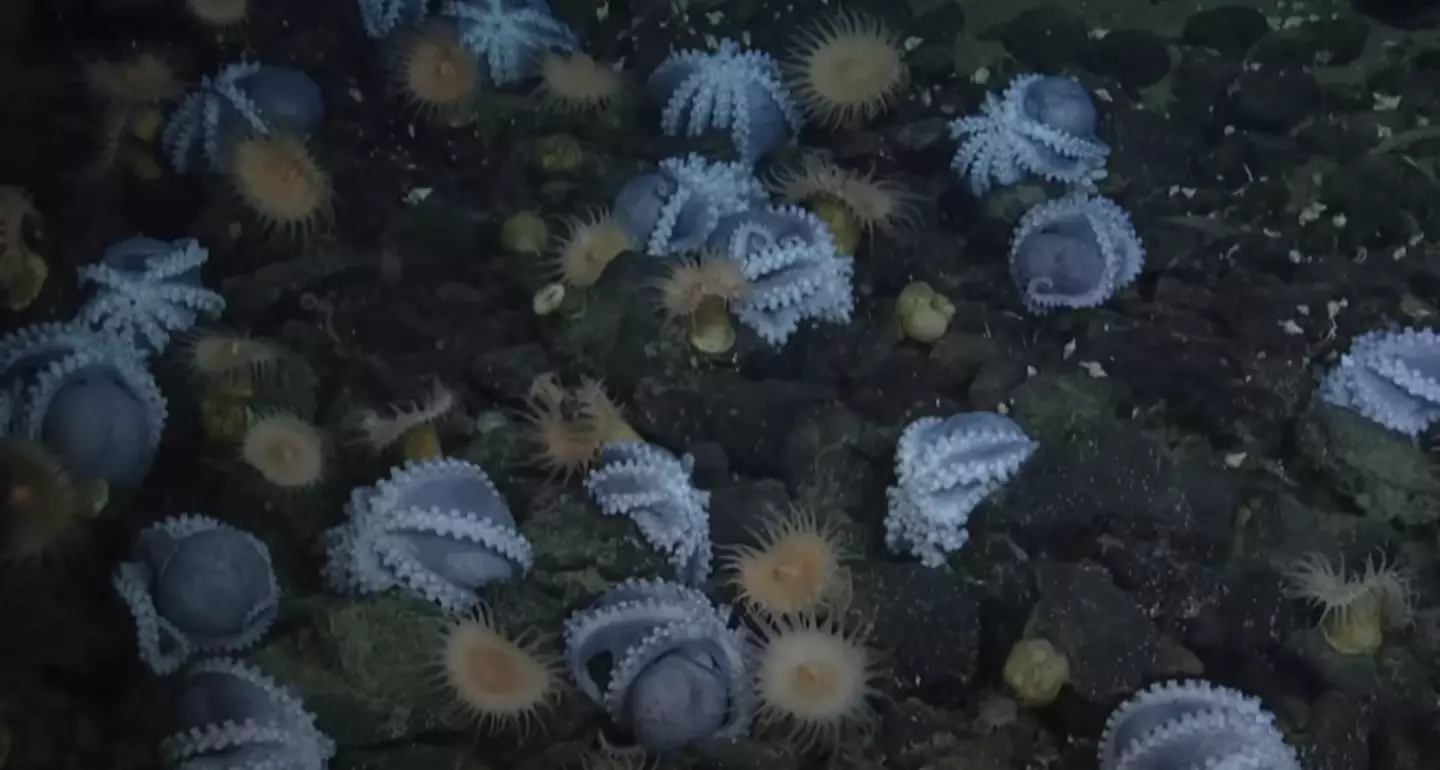
The octopuses travel, brood and die there. (MBARI/YouTube)
The team spent years exploring the Octopus Garden with an MBARI’s remotely operated vehicle (ROV) Doc Ricketts, to dive down 14 times within 3 years.
The ROV used a time lapse to snap a shot every 20 minutes from March to August 2022 to figure out what the octopuses did in the area.
According to the team, the location is full of brooding females, dead corpses, and vulnerable eggs and hatchlings.
The site’s thermal springs saw the females settle around its warmth to utilise its accelerating properties.
This is because the site reaches temperatures of about 11°C, which is nearly 10 times higher than regular deep-sea temperatures of 1.6°C.
Barry said: “You can have a vast reproductive improvement by shortening that brood period.
“We think that’s really important for species that live in deep waters near very cold temperatures, so maybe that’s the big advantage that we see for this octopus.”
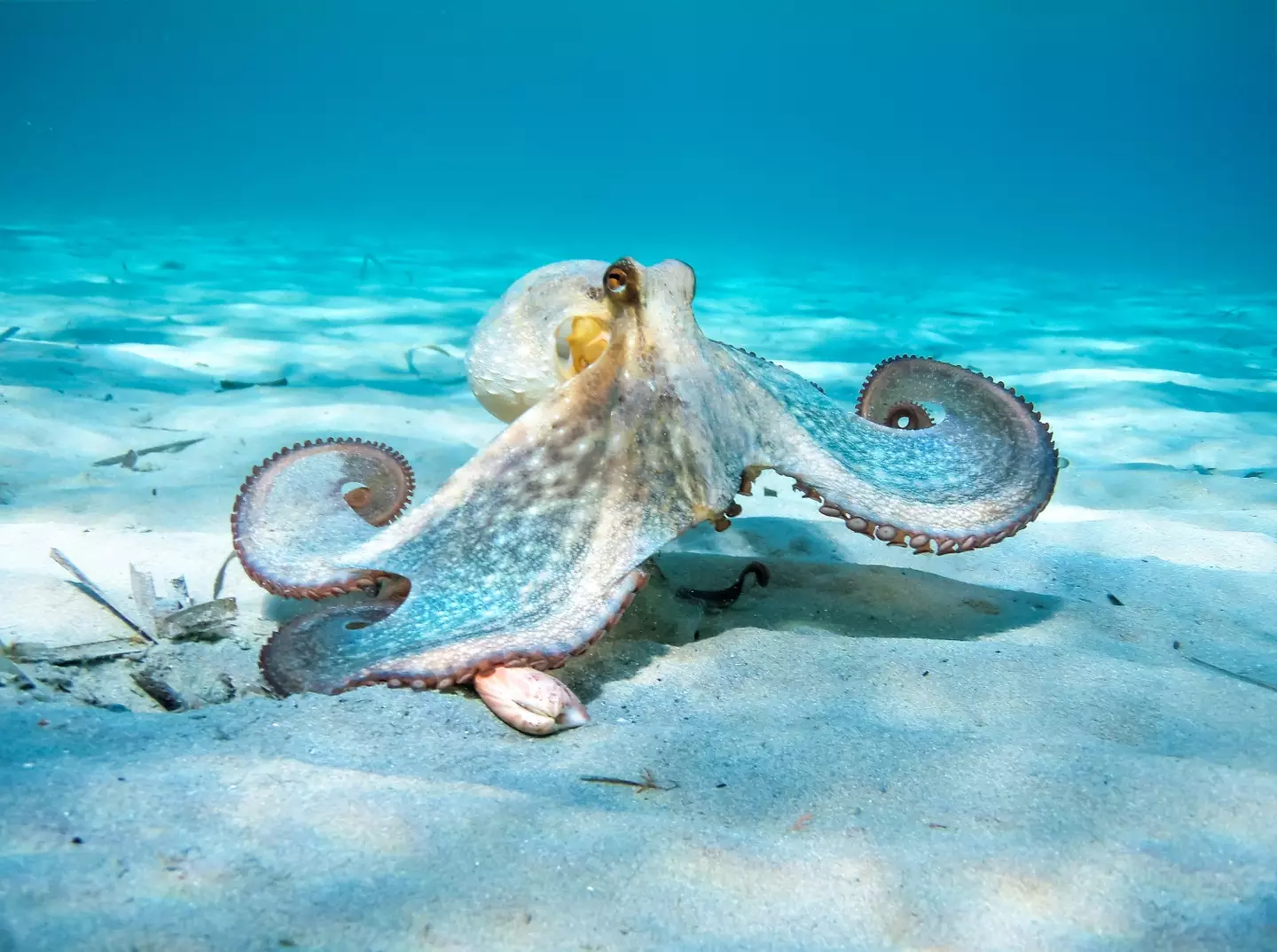
The site reaches much higher temperatures than regular deep-sea climates. (Getty Stock Image)
He added: “We don’t know enough about the deep sea yet.
“We need to know more about it so that we can identify those areas that are really critical—not just for octopus necessarily, but for all the species involved in the ecosystem in the area. We can use that information to make more rational judgments about how we should manage these resources.
“Not to mention, it just inspires us all because it enriches our lives to know that there are these really cool things in the world and we can appreciate them for their intrinsic value.
“That’s part of it, too.”
Featured Image Credit: MBARI
Topics: Animals, Science, World News

Spending the longest amount of time in a quiet room might actually sound like bliss for a lot of people.
But when the side effects of being left in silence for hours on end start to kick in, you might change your mind.
That’s what happened to YouTuber Callux, who became the person to spend the longest amount of time in a completely sound-proof room – also in complete darkness.
South Bank University’s ‘Anechoic Chamber’ is said to be the quietest place in the whole world; a room soundproofed to be so silent that sound is measured in negative decibels and visitors are advised to stay inside no longer than 45 minutes lest they start to lose their minds.

(YouTube/Callux)
“We challenge people to sit in the chamber in the dark,” said the chamber’s designer, Steven Orfield.
“When it’s quiet, ears will adapt. The quieter the room, the more things you hear.
“You’ll hear your heart beating, sometimes you can hear your lungs, hear your stomach gurgling loudly. In the anechoic chamber, you become the sound.”
But ever since the previous World Record for time spent inside the room was crushed by a UNILAD reporter in 2016, who spent over 67 minutes inside, there’s been an increase in thrill-seekers and challengers looking to test their limits inside the infamous chamber.
In a video showcasing the challenge, Callux provided a brief description of the room and outlined the rules he had to abide by in order for his attempt to count towards the official Guinness World Records, which were as follows:
1. The challenger must be alone in the chamber.
2. No sleeping/fainting is allowed.
3. The challenger must be monitored and remain under constant supervision at all times.
4. Sound must stay below 25DBa.
5. The challenger is permitted to speak for up to one minute every five minutes.
6. The challenger is permitted to leave at any time.
7. Optional – the challenge must be completed in the dark.
After a brief tour of the facilities, courtesy of staff at SBU who outlined the risks involved, Callux was then sealed inside the chamber… and it didn’t take long before things started getting weird.

(YouTube/Callux)
After just five minutes spent in isolation, he immediately reported feeling disoriented, following an intense burst of tinnitus in both ears.
At the 15-minute mark, he claimed to be seeing lights dancing around him in the room, and after 30 minutes inside he claimed to be able to hear the sound of his own bloodstream.
After closing in on an hour and getting within spitting distance of the World Record, Callux almost gave in as he reported becoming disturbed by hallucinations in the room, but not only did he persevere, he went on to smash the previous record, setting a new one of one hour and 26 minutes.
When asked to comment on how he found his time inside the room, Callux needed just one sentence to sum up the experience: “That was f***ing weird.”
Featured Image Credit: YouTube/Callux
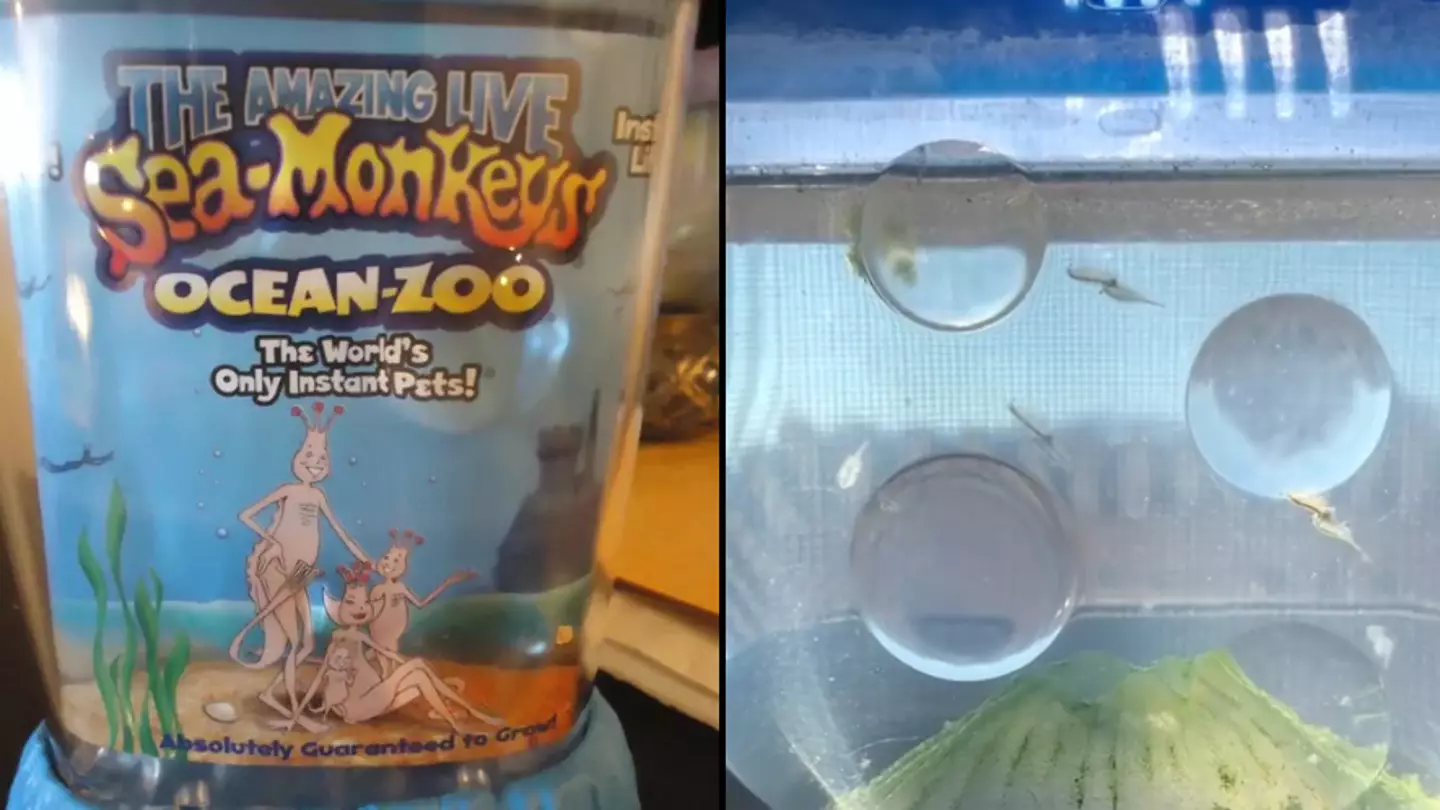
The Instagram page for Sea Monkeys has shared what they look like when they start reaching six months of age, and it’s the point that they start developing certain behaviours.
In the video a container full of Sea Monkeys showed them swimming around in the water, but many of them appeared to be stuck together.
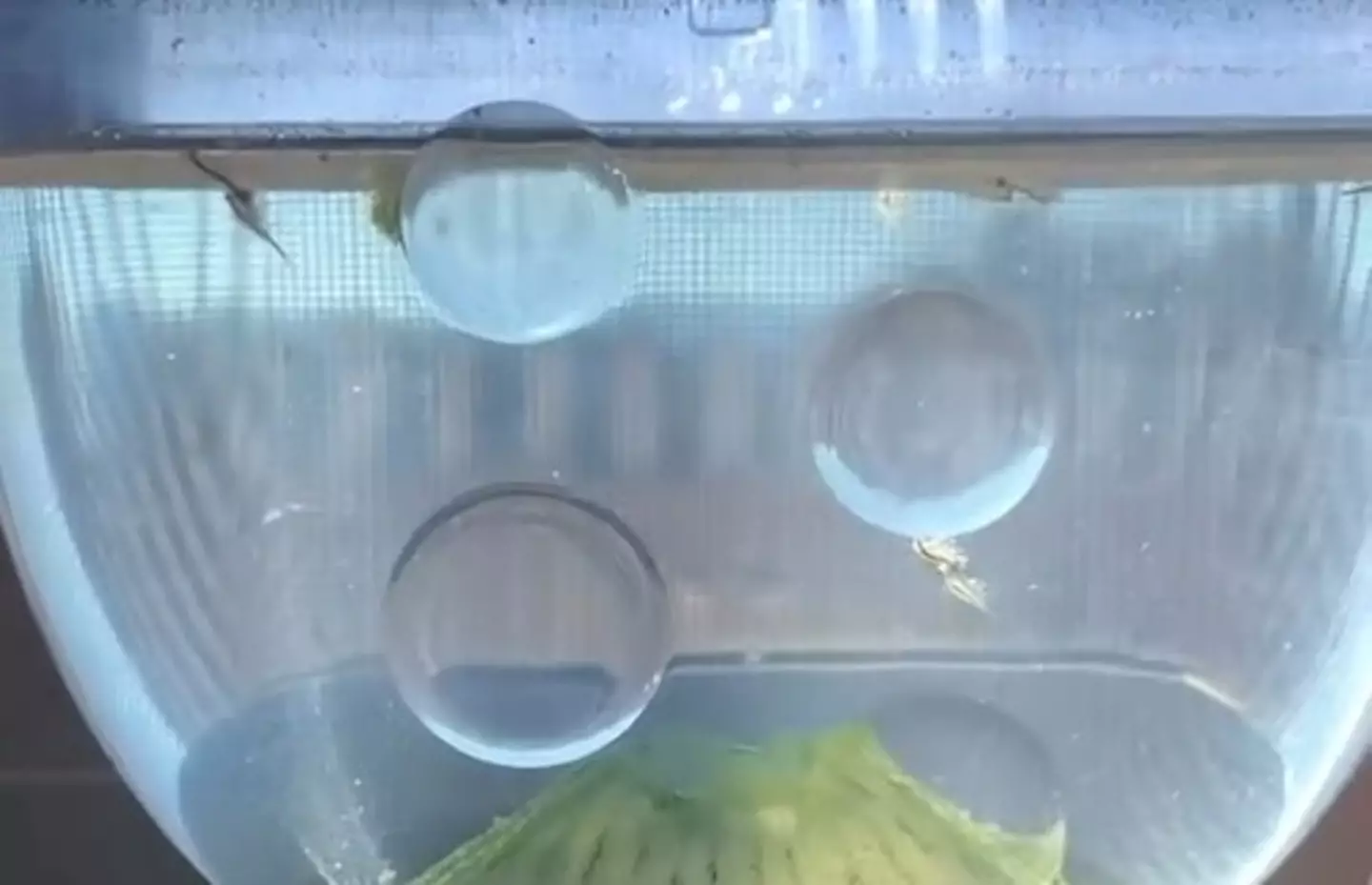
They seem to be stuck together, but what does that mean? (Instagram/@tn_bobby/@theoriginalseamonkeys)
This is actually the sign of a major moment in their development, though you might not want to watch as they could have earned a spot of privacy.
If you’re seeing Sea Monkeys stuck together then you need to be on the lookout for whiskers on the little things.
If both Sea Monkeys have whiskers then they’re blokes and they’re having a fight over which of them gets the ladies.
However, if just one of the Sea Monkeys has whiskers it means they’re a mating pair and they can be stuck together for days at a time.

Lots of us had Sea Monkeys as kids. (Amazon)
It also means that you could end up having to take care of more Sea Monkeys, though since they usually live between one and five years you probably won’t have much of a problem keeping that water tank spacious.
Bred from a species of brine shrimp, the Sea Monkeys are woken up by being added to water and from then on it’s your responsibility to keep them well fed.
You know dear reader, I once had Sea Monkeys.
They lived for quite a long time, until the biggest of them all started eating all of the food which resulted in everyone he knew starving to death.
Finally he died of either loneliness or old age, perhaps both.
Meanwhile, you might be interested to learn that sea monkeys are basically fossilised when you get them and you’re just waking them up when you pour the ‘eggs’ into water.
They were invented, for lack of a better word, by an American man named Harold von Braunhut who was also responsible for other kids gifts like x-ray specs, card monsters that grew hair when you got water on them and the invisible goldfish which of course was just an empty fishbowl with some food.
Sadly, with the money he made from his inventions he bought weapons for the Ku Klux Klan and attended neo-Nazi group meetings.
He didn’t even bother attempting to hide his views either, telling people: “You know what side I’m on. I don’t make any bones about it.”
Featured Image Credit: Reddit/Instagram/theoriginalseamonkeys
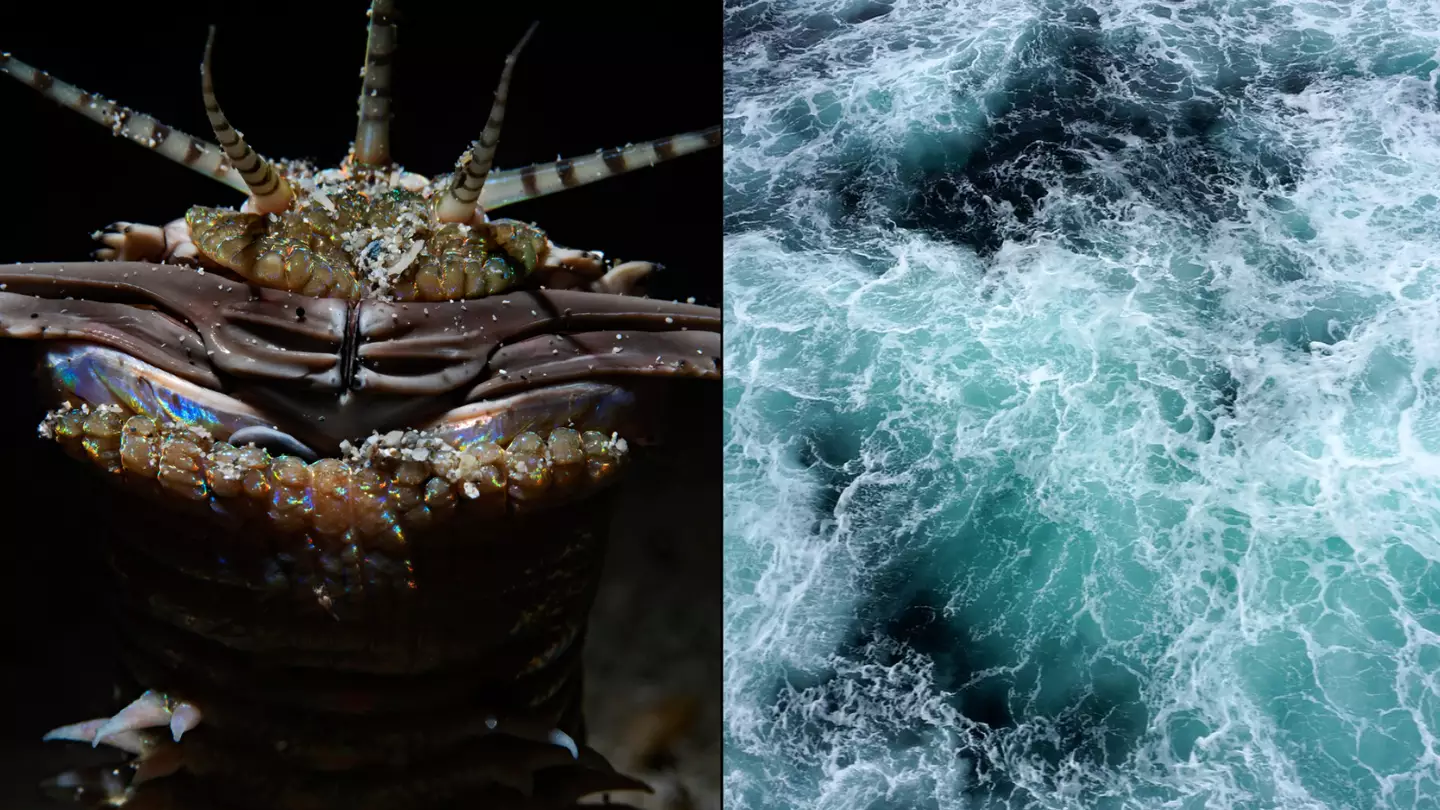
Scientists have only scratched the surface of the Earth’s oceans, meaning there is a host of marine life that we don’t even know about yet.
There are a lot more interesting things roaming around than just cute little fishes – but it’s the things that eat them that we ought to be wary of.
Reddit users have ranked the scariest things in the sea with photographic proof that they exist, but one in particular proved to terrify people the most. Take a look here:
The fact that its named after a woman who cut off her husband’s penis doesn’t help matters either. But the story of John and Lorena Bobbit is for another time.
We’re talking about the Bobbit Worm – which is also known as the sand-striker or scientifically, the Eunice Aphroditois.
Its out of this world appearance is enough to spook some sea lovers, but the underwater worm has much more sinister qualities.
It looks like a cross between a snake and a centipede and is found in warm marine waters such as the Atlantic and Indo-Pacific Ocean.
This fearsome predator can grow up to three metres long, but tend to hide their humongous size to surprise their prey.
Bobbit Worms bury their bulk deep into the seabed, leaving only their tentacles exposed.

Getty stock image
It is covered in thick, venomous bristles which help it bury a hole and stay in there, so that unsuspecting fish have no idea of its presence. It looks more like seaweed than a murderous worm.
But its bristles have reportedly caused permanent numbness in humans – so if you ever see one, steer clear.
Bobbit Worms have no eyes, making their reputation as the ocean’s scariest inhabitant even more spookier.
Instead, they rely on five antennae on their head to sense their prey and find a meal for the night.
When some poor thing crosses its path, it springs from the sand and snaps its scissor-like jaws over its victim – often slicing it completely in half. Hence why it got it’s name from Lorena Bobbit’s antics.
Bobbit worms chillingly turn their muscular, tooth-studded throat lining inside out to suck the poor fishes to their doomed fate.
Their deadly bite delivers a toxin which stuns their prey, before they drag it back to their seabed burrow to chow down on it.
Bobbit Worms also have another blood-curdling quality – they can essentially clone themselves.
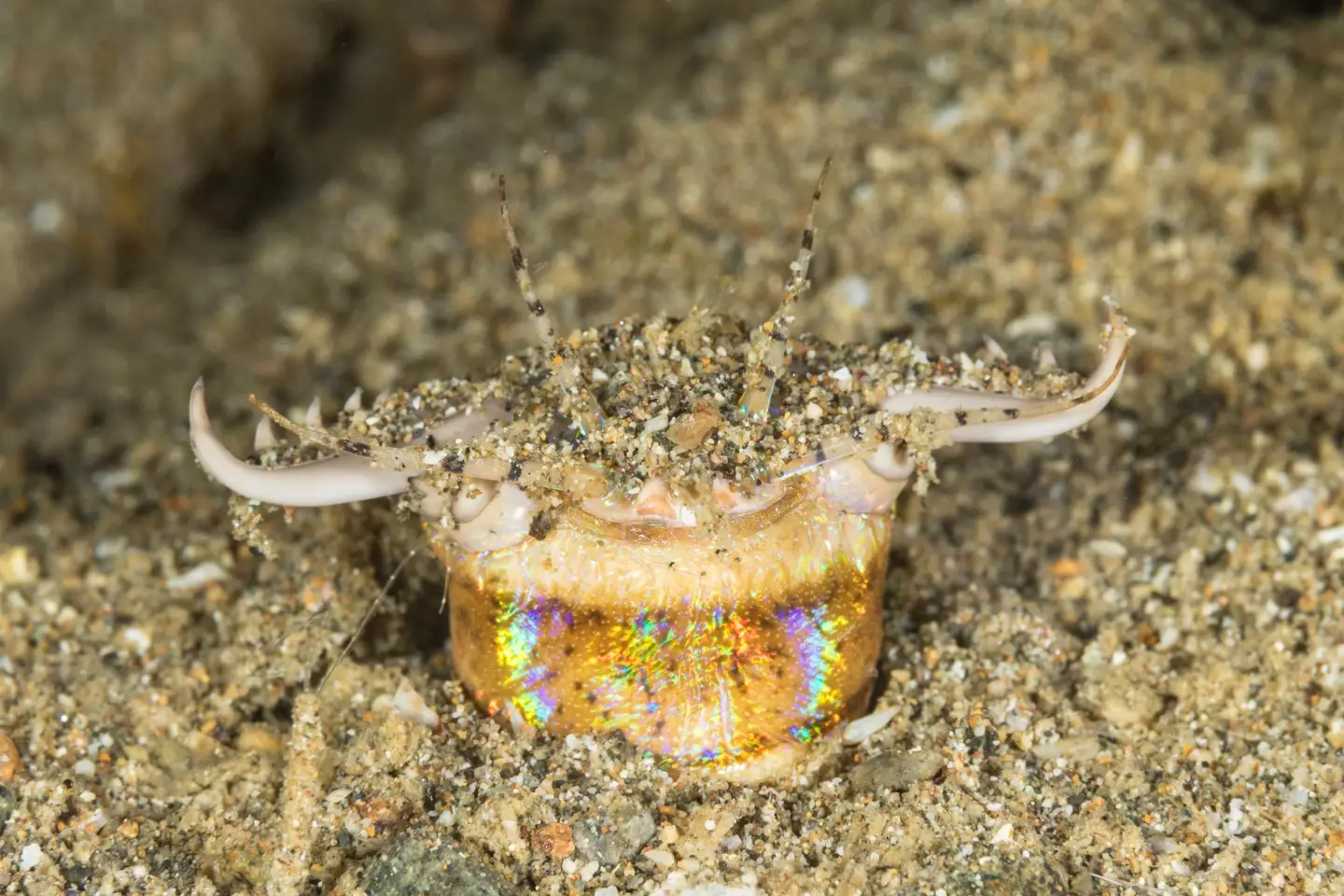
Getty stock image
They can survive attacks by splitting into multiple segments and regenerating their wounded body parts, such as the head or tail. Bobbit worms are pretty much reborn again – with a terrifying twin.
Don’t worry, you won’t be the only person having a Bobbit Worm nightmare later. I’ll be right there with you.
And so will a host of social media users who have well and truly been put off a dip in the ocean.
One wrote on Reddit: “Nature is f***ing terrifying,” while another wrote: “Serious Tremors vibes from this thing.”
A third added: “This was ABSOLUTELY the wrong thread to be reading lying in bed trying to go to sleep.”
And a fourth said: “That’s it, I’m never going into the ocean again.”
Apparently, they can also invade at home saltwater aquariums – as they may be hiding in a piece of decor such as a large rock.
